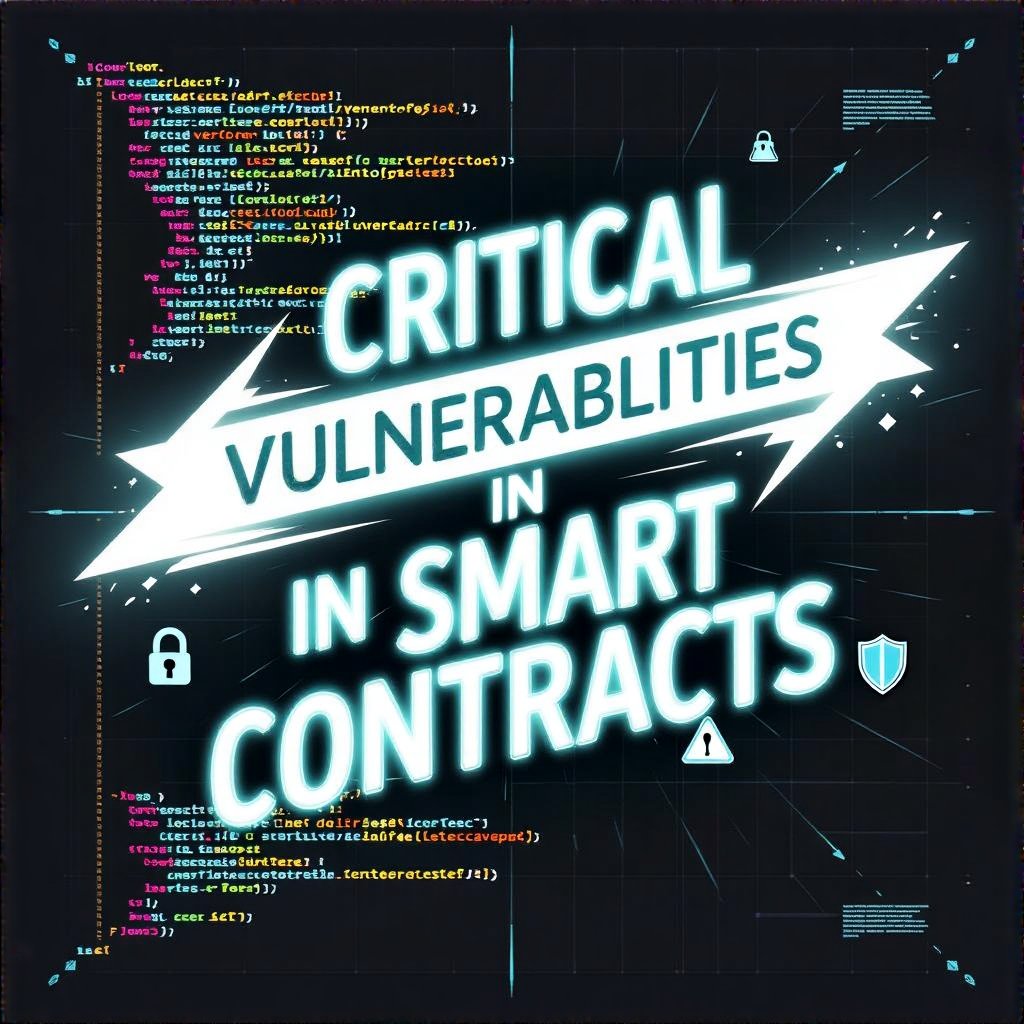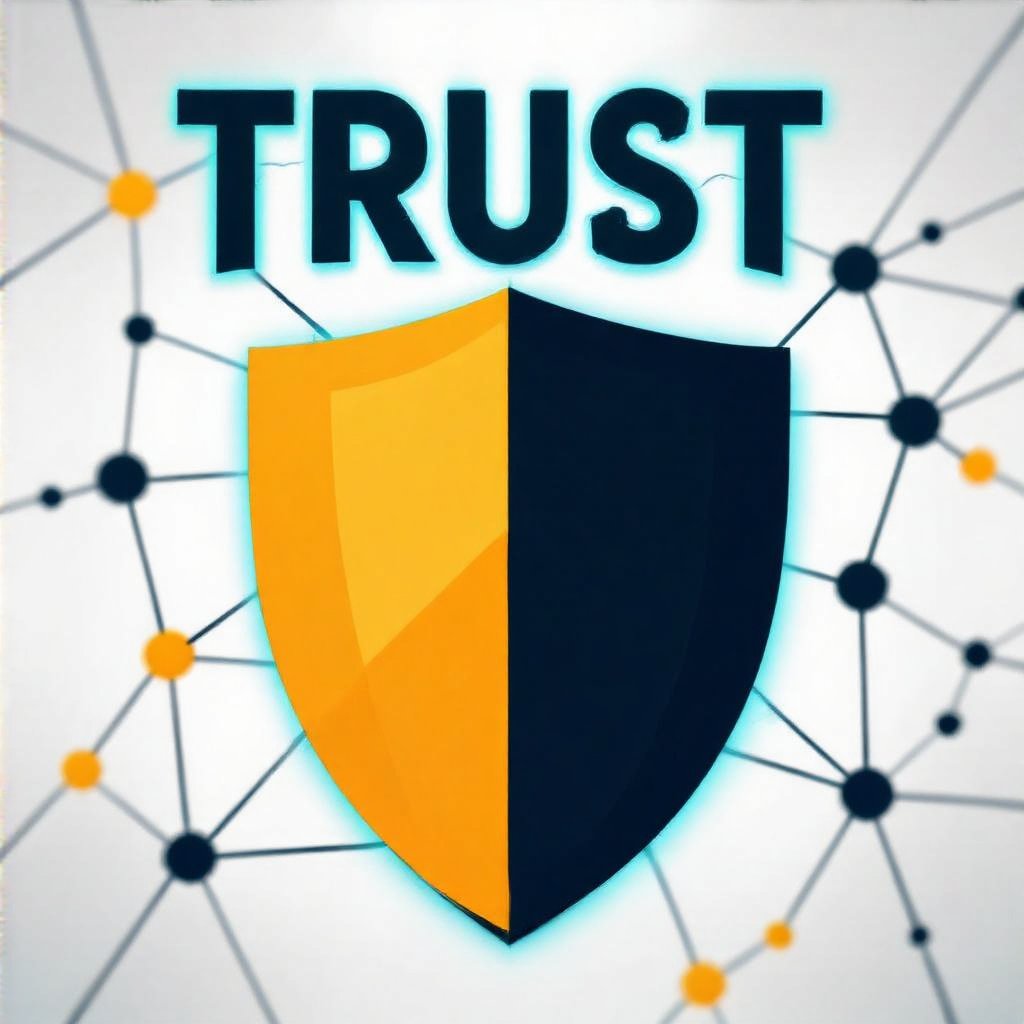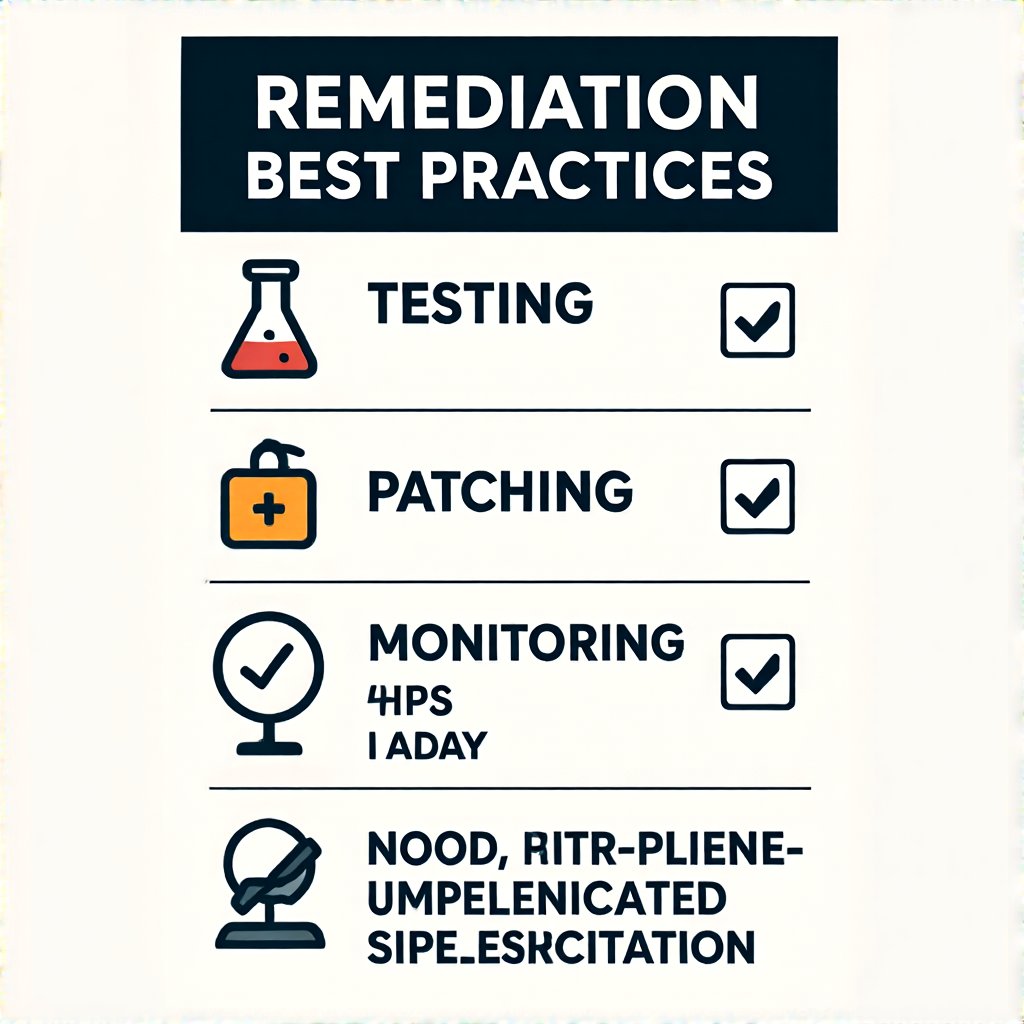Evaluating Critical Vulnerabilities in Smart Contract Audits

Smart contracts power decentralized apps, and audits help identify weaknesses before they cost users money. This guide expands on the core concepts and provides practical steps to interpret findings, prioritize fixes, and strengthen overall security posture for developers and investors.
- What Are Critical Vulnerabilities?
- Why They Matter in Audits and Investment Decisions
- Key Indicators in Audit Reports
- Interpreting High-Risk Findings
- Internal vs External Assessments
- Systematic Risk Management and Remediation
- Best Practices, Case Studies, and FAQs
What Are Critical Vulnerabilities?
Critical vulnerabilities are security flaws in a smart contract that could be exploited to cause significant damage, such as draining funds or bypassing permissions. In audits, these issues are labeled as high-severity risks requiring immediate attention. Common patterns include reentrancy, unsafe external calls, and integer overflow/underflow, each capable of destabilizing contract logic if left untreated.
Why They Matter in Audits and Investment Decisions
For investors and builders, a clean bill of health hinges on how vulnerabilities are categorized and prioritized. A finding tagged as critical should trigger rapid triage, clear remediation guidance, and a transparent timeline. As highlighted in industry reporting, including Cointelegraph, a single high-severity flaw can dramatically shift risk models and trust. When evaluating projects, consider how tokenized real-world-assets incident histories might influence long-term resilience, and how teams balance speed with security during deployment. For firms seeking external validation, firms such as Quantstamp and Trail of Bits offer governance-grade assessment frameworks that enrich internal findings.
Strong governance around vulnerability management connects to internal collaboration. In practice, teams should align remediation with strategic priorities and investor expectations, ensuring that critical issues are addressed before launch. For context, see how a healthy developer community can accelerate detection and patch cycles, reducing time-to-fix and enhancing overall trust.

Key Indicators in Audit Reports
Audit reports offer a map of risk, but interpreting them requires looking at specific indicators. Focus on:
- Severity Ratings: Critical issues must be flagged clearly with actionable remediation steps.
- Remediation Status: Track whether fixes are implemented, pending, or deferred.
- Test Coverage: Ensure that unit, integration, and fuzz testing cover edge cases and boundary conditions.
Real-world findings often hinge on a project’s transparency. A well-documented report helps stakeholders understand root causes, timelines, and post-fix monitoring. For additional depth, consider the insights from Cyberscope-style audits, which emphasize reproducibility and score interpretation in security scoring. Strong documentation also aids public verification efforts that foster community trust.

Interpreting High-Risk Findings
Investors should scrutinize the nature of reported vulnerabilities. For example, a comprehensive report might detail access-control defects, reentrancy vectors, or fallback function exploits. While some issues are technical, the transparency around fixes—whether patches are deployed, audited anew, and monitored—can be equally telling about a project's maturity and risk posture. When in doubt, compare findings against industry baselines and check whether multiple independent audits converge on the same risk.
As markets evolve, so do threat models. The dynamic nature of smart contracts means ongoing vigilance is non-negotiable. This is where internal reviews and external perspectives complement each other, reducing blind spots and helping teams prepare for post-launch monitoring and incident response.
Internal vs External Assessments
External audits bring objectivity, but internal reviews can provide rapid context and project-specific risk signals. A layered approach—combining independent third-party findings with internal risk assessments, bug bounty results, and user-reported incidents—forms a resilient defense. This multi-layered strategy echoes the idea that security is a system property, not a single check, and is essential to thwart the digital echo chamber of hype and overconfidence.
To strengthen this ecosystem, teams should view interoperability considerations alongside audit results, ensuring that cross-chain interactions don’t introduce new surface areas for exploitation.

Systematic Risk Management and Remediation
Adopt a structured remediation plan, including:
- Immediate patching of critical issues with verifiable test coverage,
- Re-audits or targeted security reviews focusing on affected modules,
- Continuous monitoring of deployed contracts and on-chain behavior anomalies,
- Active community involvement to surface suspicious activity or potential exploits.
How you implement this matters. Align technical changes with governance policies and release cadences to maintain stakeholder confidence. Readers may also explore how cross-chain bridge security requirements shape remediation priorities in multi-chain ecosystems.
Best Practices, Case Studies, and FAQs
Best practices emerge from disciplined processes: codified secure development lifecycle, continuous security testing, and transparent incident communication. Consider these real-world guidelines:
- Engage reputable firms like Quantstamp for primary audits and independent verification.
- Institute ongoing monitoring and a post-launch audit plan, drawing on Trail of Bits methodologies.
- Keep your community informed; balance speed with accountability to reduce trust erosion during fixes.
FAQ: What makes a vulnerability “critical”? How should a project prioritize remediation when resources are limited? How often should audits be repeated in a fast-moving product cycle? For a deeper dive, see the integrated references across internal links such as active developer communities and tokenization impact on risk to broaden your perspective.
Conclusion: Trust is built through continuous vigilance, transparent reporting, and disciplined remediation. By weaving together audit findings, external expertise, and proactive governance, projects can defend against both technical failures and the social challenges that accompany rapid growth.
